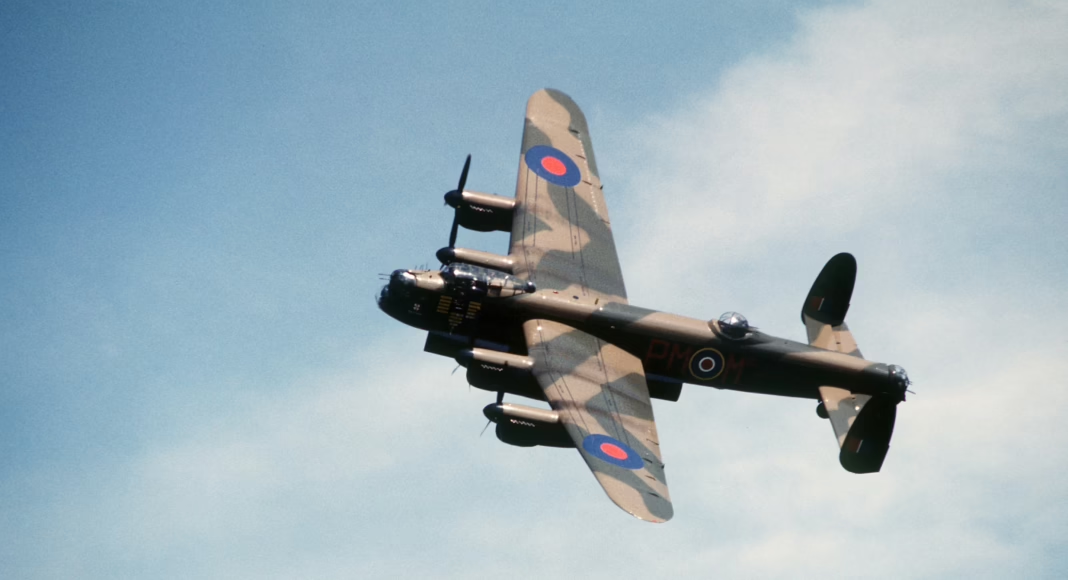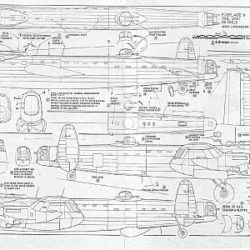Avro Lancaster History
Great Britain’s world-famous bomber. The Avro Lancaster was a product of A.V.Roe Ltd., whose design team was lead by Roy Chadwick. It had been developed from the earlier Manchester, the engines of which had given great cause for concern since its service introduction and led to early withdrawal from the ranks of RAF.
The redesign included an extension of the wingspan to the allowable maximum of 102 feet plus the installation of four Rolls-Royce Merlins instead of the previous Vultures. The first prototype made its maiden flight, complete with triple fins, on 9 January 1941. After the initial flight-testing, some alterations were made to the airframe, the greatest of which were the twin tailfins plus the installation of ventral and dorsal gun turrets.
The first Avro Lancaster combat mission came on 2 March 1942, and the first bombing raid, on Essen, fallowed eight days later. The Lancaster I, fitted successively with Merlin XX, 22 or 24 engines, remained the only version in service throughout 1942 and entirely 1943, and eventual total of three thousand four hundred and forty Mk Is were completed by Avro, Armstrong Whitworth, Austin Motors, Metropolitan-Vickers and Vickers-Armstrongs. Avro completed two prototypes for the Lancaster II, powered by 1,725 hp Bristol Hercules radial engines as a safeguard against possible supply shortage of Merlins. In the event no such shortage arose, but three hundred production Lancaster IIs were built by Armstrong Whitworth. The other principal version, the Lancaster III, was powered by Packard-built Merlin 28, 38 or 224 engines; apart from a modified bomb-aimer’s window, this exhibited few other differences form the Mk I.
Most of the three thousand and twenty Mk IIIs completed were built by Avro, but one hundred and ten were manufactured by Armstrong Whitworth and one hundred and thirty-six by Metropolitan-Vickers. The Mark numbers IV and V applied to extensively redesigned Avro Lancaster models that eventually became the Avro Lincoln, while the small batch of Mk VIs were Mk IIIs converted to Merlin 85 or 87 engines in redesigned cowlings. The final British variant was the Mk VII, one hundred and eighty being built by Austin with Martin dorsal turrets mounting twin 0.50 in guns. In Canada, Victory Aircraft Ltd. manufactured four hundred and thirty Lancaster Xs which had Packard-Merlin 28s and were essentially similar to the Mk III.
The Avro Lancaster was designed originally to carry bombs of 4,000 lb (1,814 kg) in size, but successive modifications to the bomb bay produced the Mk I (Special) capable of carrying first 8,000 lb (3,629 kg) and then 12,000 lb (5,443 kg) weapons, and culminating in the 22,000 lb (9,979 kg) ‘Grand Slam’ armour-piercing weapon designed by Barnes Wallis. This remarkable engineer also designed the skipping bomb carried by the Avro Lancaster bombers of No 617 Squadron in their epic raid on the Moehne and Eder dams on 17 May 1943.





